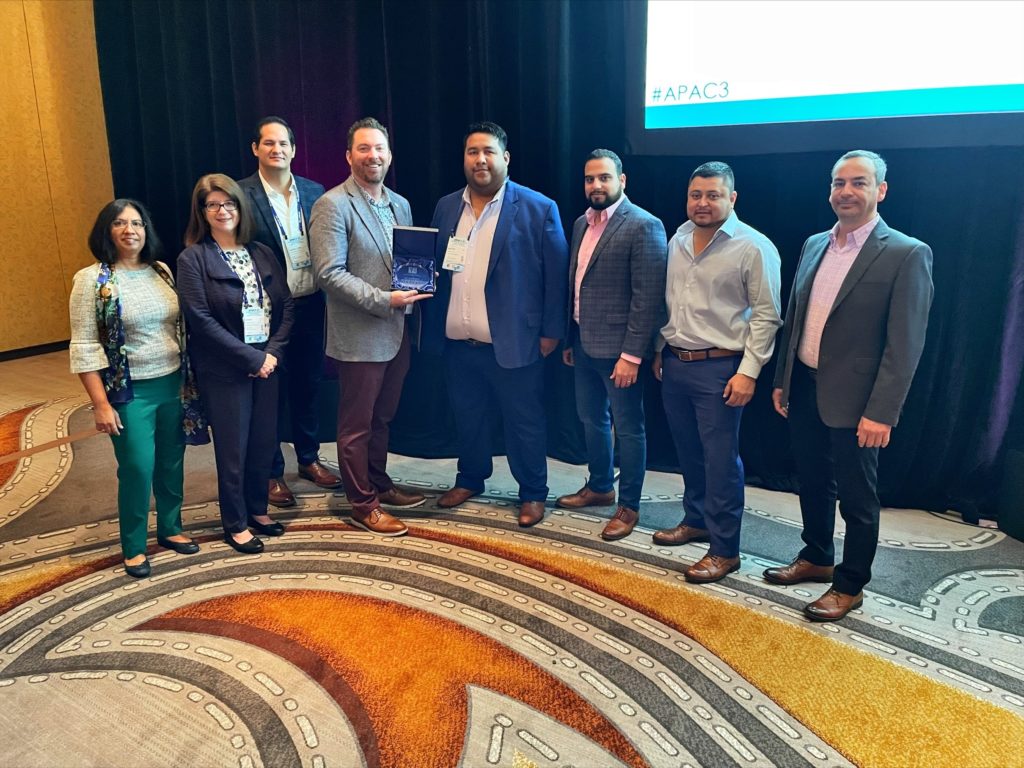New Unified Development Code Embraces Brownsville’s Culture, Spurring Revitalization
The new City of Brownsville Unified Development Code received a Gold Award for Best Practice from the APA Texas Chapter. It was one of three Freese and Nichols projects to win APA awards in 2021.

The City of Brownsville’s new Unified Development Code (UDC) created a set of development standards and procedures to preserve City character and quality while contributing to fiscal health, economic development and well-being. Although Brownsville had historically suffered from a confusing regulatory environment, the code rewrite process, facilitated and produced by Freese and Nichols, addressed technical issues and reestablished trust in the community. The positive reception of the new standards is apparent as the code was adopted nearly four months before its effective date, and over 75% of applicants during the transition period chose to opt-in early, validating success with the City, community, developers and stakeholders.
The new UDC combines zoning, subdivision and supplemental regulations into a coordinated, modern, progressive set of standards. It also streamlines processes and clarifies standards for increased understanding with graphics to convey regulations and facilitate cross-border, bilingual use by the local development industry and community.
To do this, Freese and Nichols developed an innovative hybrid development code for the City of Brownsville that includes a form-based code for the downtown and surrounding neighborhoods, with provisions to support mixed-use and housing diversity and Complete Streets principles. Seeking to embrace Brownsville’s historic patterns, uses like corner bakeries and bodegas were re-legalized. Exclusionary zoning practices were stripped away and regulations like minimum parking ratios were tempered to create an environment for practical action and success. Additionally, the code accounts for recent significant changes resulting State Legislature through a unique system of streamlined processes and regulatory incentives.
The new code also embraces Brownsville’s culture to spur revitalization, avoid gentrification, and support incremental, organic development while aligning with building codes. It provides increased possibilities for development in under-represented areas missing things like middle housing, giving the community opportunities to invest in their own places. It also makes small business ownership easier by lowering the cost of entry and increasing accessibility.
Once completed, the code was unanimously adopted with a four-month transition period before its effective date. Developers largely embraced the code early, and during the transition, the City saw a sharp increase in small-scale/missing middle infill development in previously under-represented areas near the core of the City.